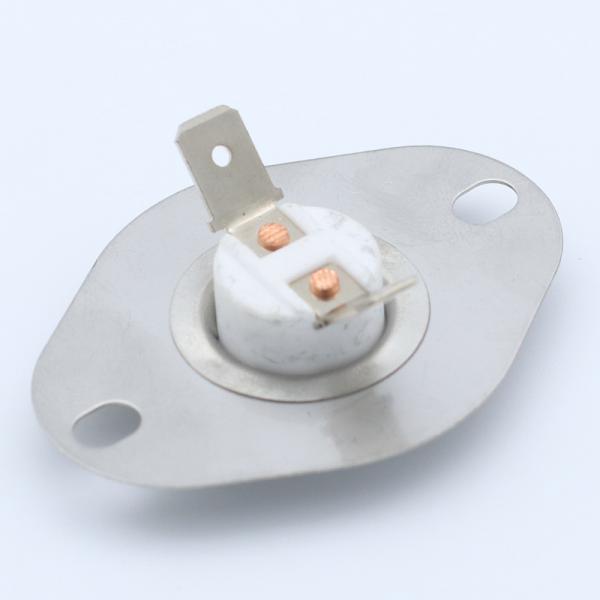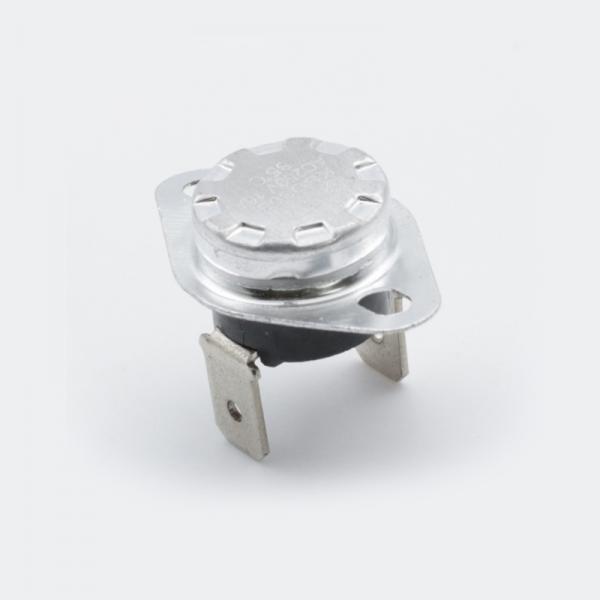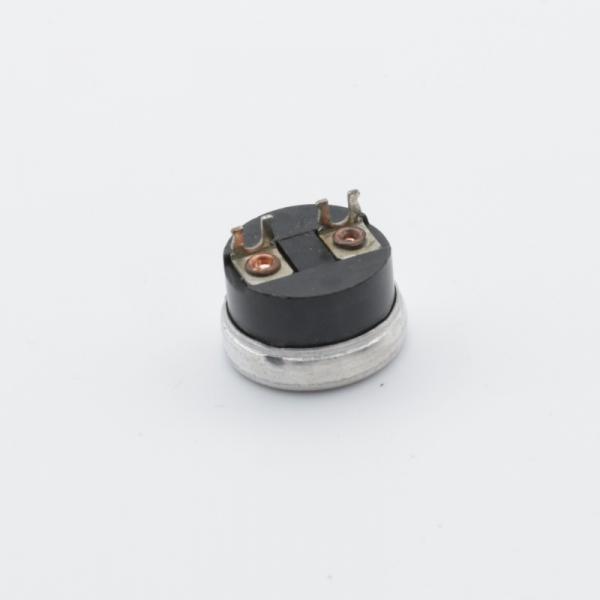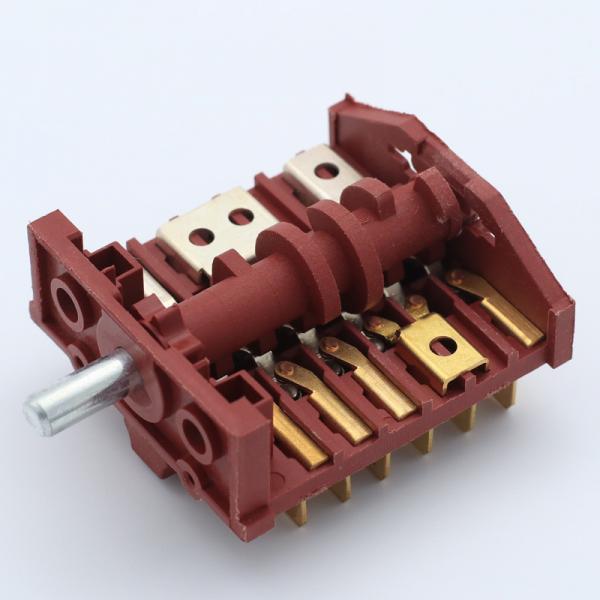What is Bimetal Thermostats? What is Bimetal Thermostats used for?
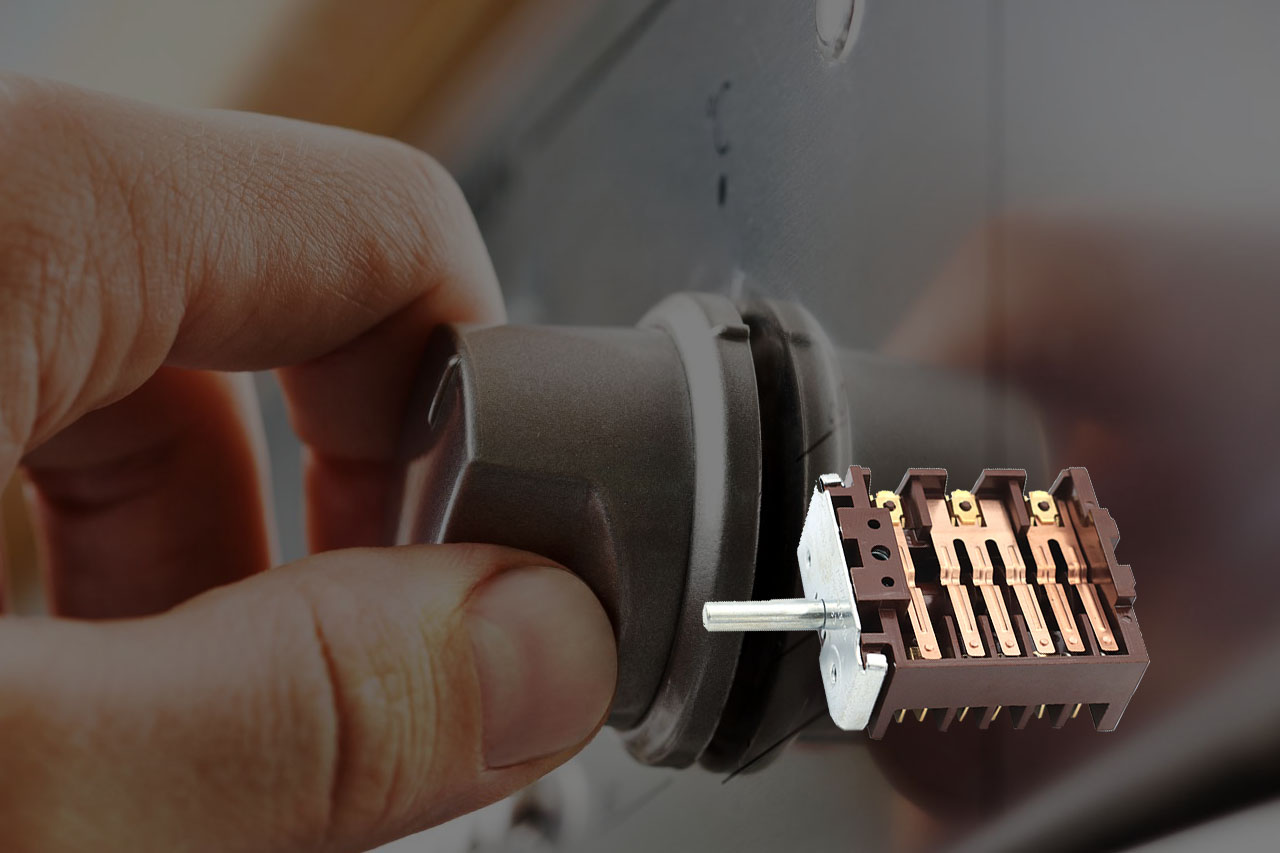
Thermostat refers to a series of automatic control elements that produce certain special effects and conduction or disconnection actions by physically deforming the switch according to the temperature changes in the working environment. It is also called temperature control switch, temperature protector, temperature controller, or simply thermostat. Or the temperature is transmitted to the temperature controller through the temperature protector, and the temperature controller issues a switch command to control the operation of the equipment to achieve the ideal temperature and energy saving effect.
What is Thermostats?
Thermostat refers to a series of automatic control elements that produce certain special effects and conduction or disconnection actions by physically deforming the switch according to the temperature changes in the working environment. It is also called temperature control switch, temperature protector, temperature controller, or simply thermostat. Or the temperature is transmitted to the temperature controller through the temperature protector, and the temperature controller issues a switch command to control the operation of the equipment to achieve the ideal temperature and energy saving effect.
Working principle
The working principle is to automatically sample and monitor the ambient temperature through the temperature sensor. When the ambient temperature is higher than the control set value, the control circuit starts, and the control hysteresis can be set. If the temperature is still rising, when it rises to the set over-limit alarm temperature point, the over-limit alarm function is activated. When the controlled temperature cannot be effectively controlled, in order to prevent the destruction of the equipment, the tripping function can be used to stop the equipment from continuing to run. It is mainly used in various high and low voltage switch cabinets, dry-type transformers, box-type substations and other related temperature use fields used by the power department.
What is Bimetal Thermostats:
Bimetal Thermostats use two different kinds of metal to regulate the temperature setting. A bimetal or thermostatic metal is a sheet or strip of two or more composite materials having different coefficients of linear thermal expansion bonded by riveting, brazing or welding. The material with the larger coefficient of thermal expansion (CTE) is considered as the active component, and that of smaller CTE is the passive component. The active component usually has alloys containing iron, manganese, nickel, or chrome in varying amounts. Whereas on the passive side, invar is often chosen, an iron-nickel alloy containing 36% nickel. Some bimetals include a third layer of copper or nickel in between the active and passive sides in order to increase thermal conductivity and decrease the material's electrical resistivity.
When one of the metals expands more quickly than the other, it creates a round arc, like a rainbow. As the temperature changes, the metals continue to react differently, operating the thermostat. This opens or closes the contact opener, turning the electricity on or off as needed. Accuracy and efficiency are important for bimetal thermostats.
What is Bimetal Thermostats used for?
Bimetal Thermostat is widely used in various household appliances, such as refrigerators, water dispensers, water heaters, coffee pots, etc. The quality of the thermostat directly affects the safety, performance and life of the whole machine, and it is a very critical component. Among the many technical indicators of the thermostat, life is one of the most important technical indicators for measuring thermostat products. The household appliance standard stipulates that the life of the thermostat is at least 10,000 times. Some household appliances, such as the thermostat that controls the motor-compressor in refrigerator products and some thermostats in liquid-filled radiators, are required to have a life of at least 100,000 times.

